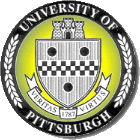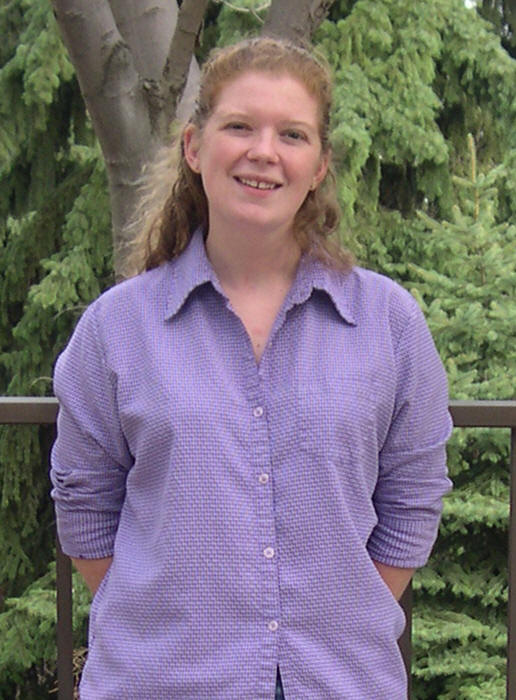




Double Well Potential Energy Surfaces in Biological Molecules
Jessica is currently studying two very different molecules that have
similar potential energy surfaces.
1,3-Benzodioxole is a double ring system consisting of a benzene
ring and a constrained five-membered ring containing two oxygen atoms.
Low frequency vibrations in this molecule include the pucker of
the 5-membered ring and the flapping motion of one ring with respect to
the other. Each of these
motions is symmetrical about the planar configuration leading to a
ground state potential energy surface with a double well and split
energy levels.
The second molecule is 1-phenylpyrrole.
Here the benzene ring and five-membered ring, which contains a
nitrogen atom, are separated by a single bond.
The lowest frequency vibration is the twisting of one ring with
respect to the other again causing a double well in the ground state.
Using rotationally resolved high resolution electronic spectroscopy,
Jessica is characterizing the excited state of these molecules and
confirming vibrational assignments.
Is the molecule more or less planar in the excited state?
Is splitting observed in the spectra?


Intramolecular Interactions in the Folding Nucleus of a Protein
Within the last decade, folding nuclei (sometimes called foldons) have
been identified in some proteins. These are short sequences of amino
acids that initiate folding and consistently fold in the same way.
By determining the shape of the protein backbone in the area of folding
nuclei, interactions causing that shape can be identified. This
will lead to an understanding of why folding nuclei fold in the way that
they do and why they do so consistently.
In 2008 Jessica worked under Michel Mons and François Piuzzi in
Based on the device used by
Jessica is a senior member of the Pratt Group. She is originally
from